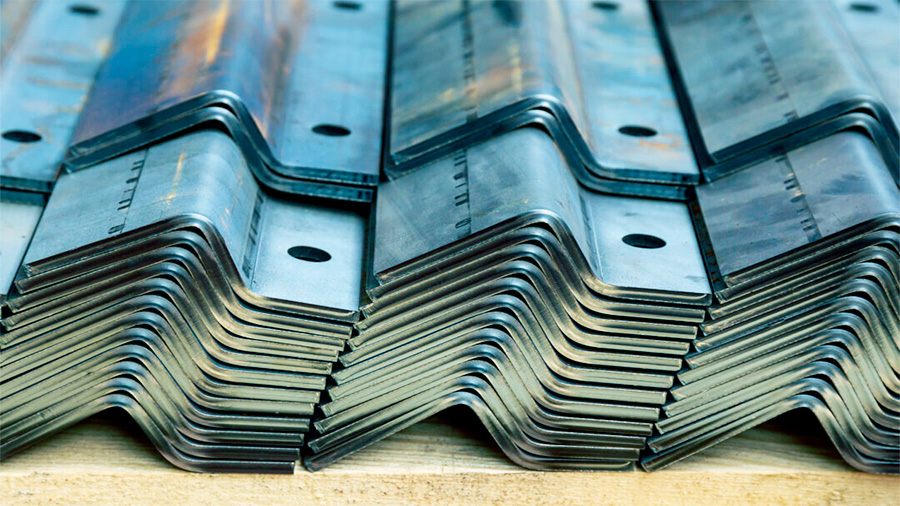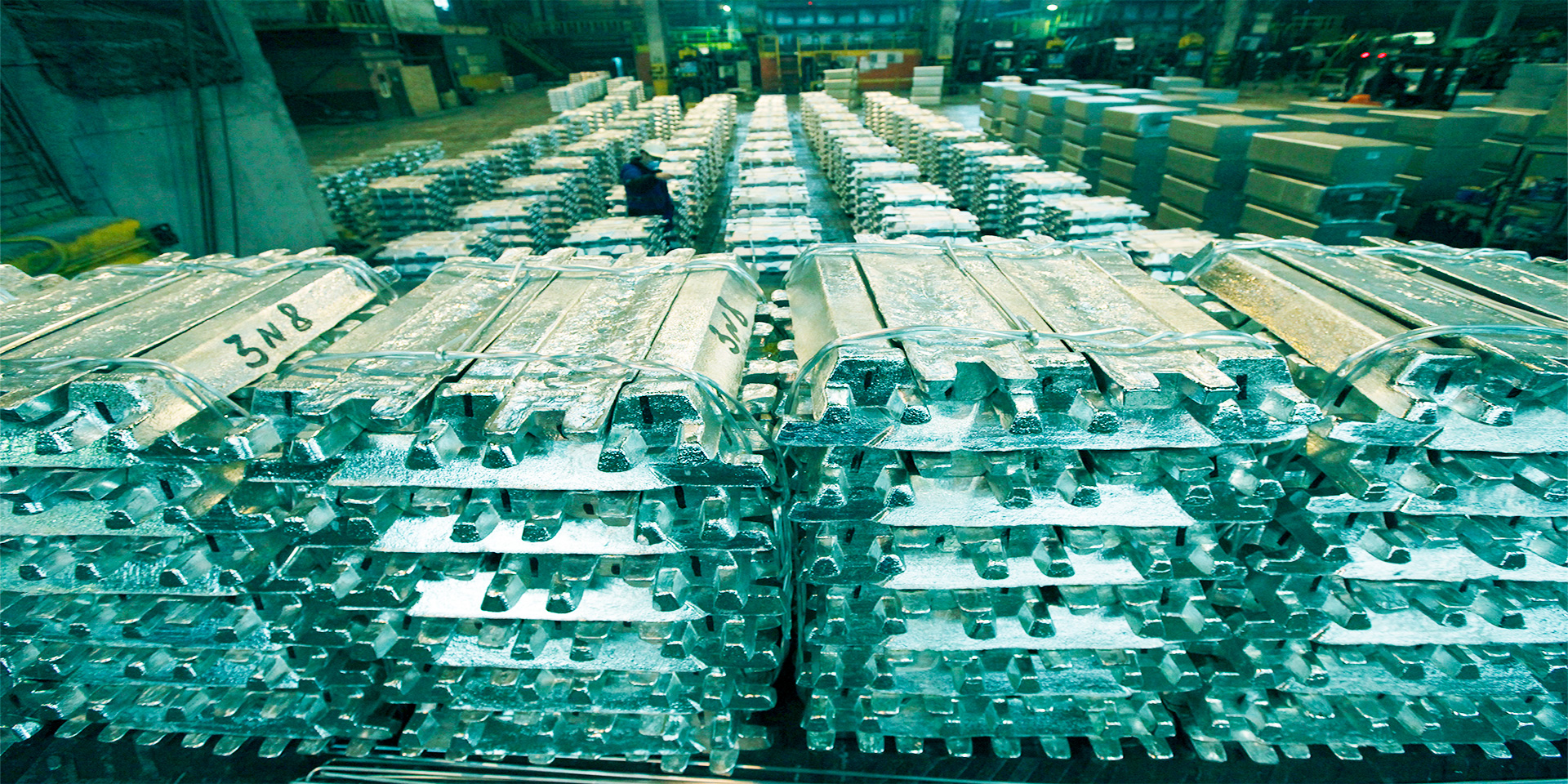Metals have long been a cornerstone of investment portfolios, with options ranging from precious metals like gold and silver to common metals such as copper and aluminum. Each category offers unique benefits and risks, making the choice between them highly dependent on an investor’s goals, risk tolerance, and market conditions. While precious metals are celebrated for their stability and intrinsic value, common metals provide opportunities for growth driven by industrial demand. This article compares the performance, liquidity, and risk factors of these two categories to help you decide which offers better returns for your investment strategy.
The Appeal of Precious Metals
Precious metals, including gold, silver, platinum, and palladium, have historically been seen as safe-haven assets. They are prized for their rarity, intrinsic value, and role as a hedge against inflation and economic uncertainty. Investors often turn to precious metals during market volatility to preserve wealth and diversify their portfolios.
Stability and Consistent Performance
Gold and silver are particularly known for their stability. Over the past two decades, gold has provided an average annual return of around 10%, largely driven by its role as a store of value. Unlike equities, the prices of precious metals are less affected by corporate earnings or economic cycles, making them a reliable option during downturns.
Liquidity and Accessibility
Precious metals are highly liquid assets. Whether held in physical form, such as coins and bars, or traded as exchange-traded funds (ETFs) and futures contracts, these assets can be easily bought and sold in global markets. This liquidity provides flexibility for investors needing quick access to cash.
Hedge Against Inflation
Inflation erodes the purchasing power of fiat currencies, but precious metals typically maintain their value. Gold, in particular, is considered an effective hedge, as its price often rises when inflation increases. This makes it an attractive option for long-term wealth preservation.
Risks of Precious Metal Investments
Despite their stability, precious metals come with risks. Prices can be influenced by geopolitical factors, currency fluctuations, and changes in central bank policies. Additionally, storage and insurance costs for physical metals can eat into returns.

The Case for Common Metals
Common metals like copper, aluminum, nickel, and zinc play a vital role in industrial applications. Their value is closely tied to economic growth and technological advancements, offering investors exposure to dynamic and rapidly evolving markets.
Growth Potential
Unlike precious metals, common metals are driven by industrial demand. For example, copper is essential for construction and electronics, while aluminum is widely used in transportation and packaging. As global economies grow and infrastructure projects expand, the demand for these metals increases, driving up prices.
Recent trends in green energy and electric vehicles have further boosted demand for metals like nickel and lithium. These metals are critical for battery production, positioning them as key players in the transition to renewable energy.
Market Volatility
While common metals offer growth potential, their prices are more volatile than those of precious metals. Economic slowdowns, supply chain disruptions, and shifts in trade policies can lead to significant price fluctuations. Investors must be prepared for this volatility and plan accordingly.
Liquidity and Accessibility
Common metals are traded on commodity exchanges, making them relatively liquid. However, their liquidity may be lower than that of precious metals, especially for investors dealing in physical assets. ETFs and futures contracts provide an accessible way to invest in these metals without dealing with physical storage.
Risks of Investing in Common Metals
The performance of common metals is heavily influenced by industrial cycles and macroeconomic factors. A slowdown in construction or manufacturing can lead to sharp declines in demand and prices. Additionally, geopolitical tensions and regulatory changes can disrupt supply chains, adding to the risks.
Comparing Returns: Precious vs. Common Metals
The choice between precious and common metals often comes down to the balance between stability and growth potential. Historical data provides insights into the relative performance of these two categories.
Historical Returns
- Precious Metals: Gold has historically provided steady returns, averaging 6-10% annually, while silver has shown higher volatility but offers opportunities for significant gains during bull markets.
- Common Metals: Copper and aluminum have demonstrated strong growth during economic expansions, with annual returns sometimes exceeding 20% during commodity booms. However, these periods are often followed by sharp declines during downturns.
Risk-Adjusted Returns
Precious metals generally offer better risk-adjusted returns due to their lower volatility and role as a safe-haven asset. Common metals, while offering higher potential returns, come with greater risks tied to economic cycles and industrial demand.
Diversification Benefits
Both categories play unique roles in a diversified portfolio. Precious metals provide stability and protection during economic uncertainty, while common metals offer exposure to growth sectors and emerging markets.

Investing Strategies for Metals
Choosing between precious and common metals depends on your financial goals, risk tolerance, and investment horizon. Combining the two categories in a portfolio can help balance risk and returns.
Short-Term vs. Long-Term Goals
- Short-Term: Common metals are ideal for short-term investments during periods of economic expansion, as their prices are closely tied to industrial demand.
- Long-Term: Precious metals are better suited for long-term wealth preservation and hedging against inflation and market volatility.
Investment Vehicles
- Physical Assets: Ideal for those seeking tangible investments. Precious metals can be held as coins or bars, while common metals are typically stored in bulk.
- ETFs: Exchange-traded funds provide exposure to metal prices without the challenges of physical ownership.
- Futures Contracts: Suitable for experienced investors, futures allow for leveraged exposure to metal prices.
- Mining Stocks: Investing in mining companies provides indirect exposure to metal prices while offering additional growth potential.
Portfolio Allocation
For a balanced portfolio, consider allocating 5-10% to precious metals for stability and 5-15% to common metals for growth. Adjust these percentages based on market conditions and your investment objectives.
The Conclusion
Precious and common metals each offer unique advantages and challenges. Precious metals provide stability, liquidity, and protection against inflation, making them a cornerstone of conservative investment strategies. Common metals, driven by industrial demand, present opportunities for growth and higher returns during economic expansions. By understanding the performance, risks, and market dynamics of both categories, investors can make informed decisions that align with their financial goals. Whether you prioritize safety or growth, metals remain a valuable component of a diversified investment portfolio.

